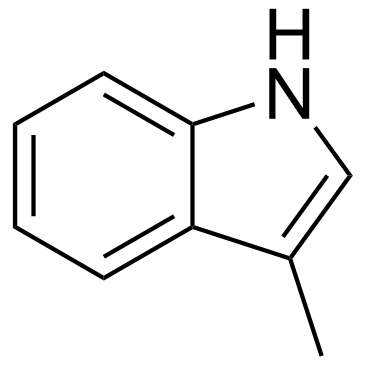| Structure | Name/CAS No. | Articles |
|---|---|---|
 |
(5α)-Androst-16-en-3-one
CAS:18339-16-7 |
|
 |
3-Methylindole
CAS:83-34-1 |